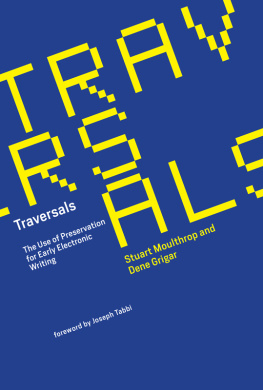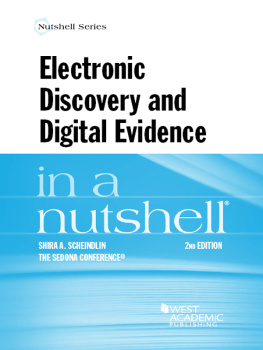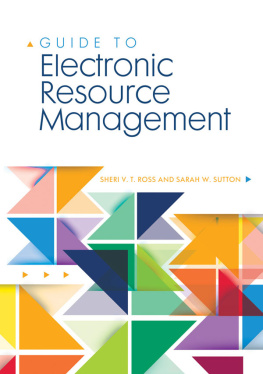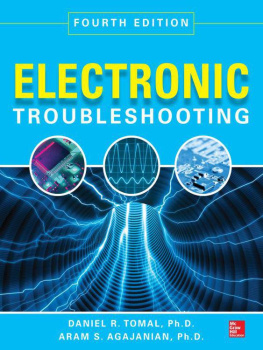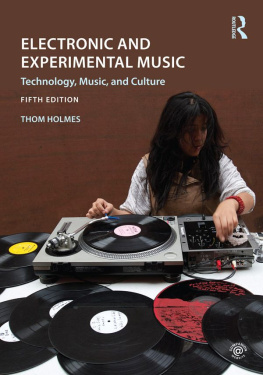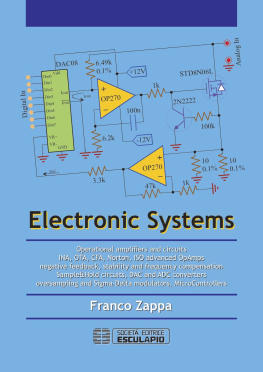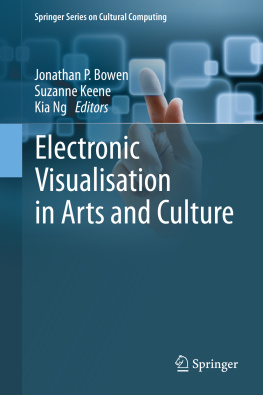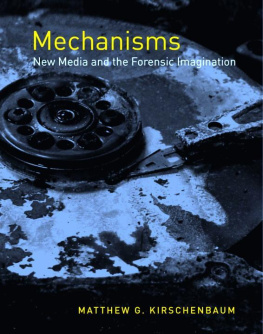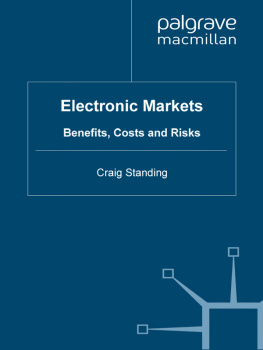
Traversals
The Use of Preservation for Early Electronic Writing
Stuart Moulthrop and Dene Grigar
The MIT Press
Cambridge, Massachusetts
London, England
2017 Massachusetts Institute of Technology
All rights reserved. No part of this book may be reproduced in any form by any electronic or mechanical means (including photocopying, recording, or information storage and retrieval) without permission in writing from the publisher.
This book was set in Stone Sans and Stone Serif by Toppan Best-set Premedia Limited. Printed and bound in the United States of America.
Library of Congress Cataloging-in-Publication Data is available.
ISBN: 978-0-262-03597-2
eISBN 9780262339001
ePub Version 1.0
For N. Katherine Hayles and Michael Joyce
Foreword
Joseph Tabbi
They could have just reconfigured the works for presentation in a database somewhere. In an era of distant reading, uncreative writing, and (more recently) unreading, they might have run emulations on first-generation works of electronic literature, captured some sample screen shots, and filed it all with todays massive (and growing) corpora. The IBM 286s and Apple IIes have been put in storage, kept on life support, and housed in libraries and universities along with everything elsethe ancient scrolls in dead languages under glass, novels in the stacks, and poetry collections most of which are never read past their year of publication. The closet dramas that were performed once or twice. And all the books scanned by Google from public libraries in the United Statesupward of 20 million at the last count. The blogs, the tweets, and emails that have been saved, every keystroke countable and every key term available in continuously refreshing databases whose owners carefully restrict access and whose market potential is known.
What Stuart Moulthrop and Dene Grigar did instead was turn reading itself into a performance. They stage particular encounters with the text, what are here called Traversals. Revisiting works that, like all literature but quicker than most, have been subjected to technological obsolescence, these two dedicated (and deep) readers are doing the most traditional sort of scholarship one can imagine: reclaiming literary works that would otherwise be lost to new generationsand not just the works but also the platforms, programs, codes, and computers; the HyperCard stacks, Unix Shell Scripts, USB disks, floppy disccompatible Macintoshes, and other artifacts from a short lived period of creative and technical ebullience running roughly from the late 1980s to the early 2000s. Apart from Eastgate Systems Inc.s Storyspace software or John McDaids HyperEarth, which anticipates GoogleEarth by fifteen years, few literary authors have attempted to scale the upgrade paththe technical posterity of replacement, neglect, and oblivionthat has rendered their own work unreadable. Who besides scholars would explore past creativity in works that emerged in a now-defunct technology? Who else would hold in mind the creativity that also went into the design and construction of the abandoned machines? Without the close readings and technological reenactments of Moulthrop and Grigar, who would be there to reflect on the cultural trace of our many, many obsolescent technologiesthe same ones that occupy so much time and attention throughout our lives, until the next (the real) thing comes along?
Their projects not just about Malloy, McDaid, Jackson, and Bly. Its not about preserving and recovering a few early encounters with technological obsolescencenot only that. Nor is it about adding electronic literaturee-litto existing literary canons. The four fictions, Traversals, and the Pathfinders interviews of 2013 cannot supply a history of even the relatively brief heyday of first-generation hypertext. But the present volume does aim to give each work a more durable cultural foothold. Its readings are deep and layered in that they extend to the code as much as to the surface text, offering tangible and never wholly instrumental linkage from the literary work to a cultural context that is, increasingly, coded likewise. There will be more books on more authors, more readings of works in print and digital media. We have, even here along the way, substantial accounts of several new works of native digital writing from the generations after Malloy, McDaid, Jackson, and Bly. Grigar and Moulthrop have prepared the way for further Traversals, future acts of preservation and critical engagement. There wont be many. Yet because their project is selective, as time-bound engagements with literary writing always have been, the authors recognize the need to go beyond preservation to a revaluation and relocation of literary practices in new media. Their project promises a recovery of literature generallyand, not least, a reassertion of reading as both solitary exploration and collective cultural practice.
In recent years, Moulthrop and Grigar note, scholars have begun using search engines to identify patterns of diction, syntax, and grammar in ways not feasible with a print concordance. Thats one direction literary scholarship can take, and it is one way to measure empirically recurrences and deviations between past literary periods and present practice. Traversals does more than count and measure, however. Beyond registering linguistic differences or even the shifting shapes of texts (Maduro 2013), we have here an intermedial conversation that was set out early among the first wave of hypertext production and its print predecessors: McDaids revisiting of Philip K. Dick and Thomas Pynchon along with Heidegger and C. I. Lewis; Jacksons rewriting of her namesake Shelleys Frankenstein; Malloys dream dialogue with near contemporaries Carolee Schneemann, Chris Burden, and Kathy Acker; the ancient Greek and later Roman texts collected in Project Perseus, which inform the work of Bill Bly. Each of these revisionings, rewritings, and relocations of past practices in digital media constitutes much thats distinctively literary about e-lit. And the conversations just as often cross national and linguistic borders even as they enter digital pathways that can alter the course of literary criticism.
Electronic Literature is the name Grigar and Moulthrop settle on for the works here under discussion, though along the way we hear also about a bitic literature, defined by Stanislaw Lem as an art comprising work of a nonhuman origin. Lems term is contrasted with Pierre Lvys molar alternatives, forms of writing informed by material rather than immaterial operations. Around the same time (1997), we have Espen Aarseths emphasis on ergodic forms, in which the person who experiences the work (reader, player, operator) must invest non-trivial effort in the process. Difficulty has been, after all, an element of avant-garde writing from literary modernism of the early twentieth century to the present. Along the way, with Moulthrop and Grigar we revisit Language Poetry, Concrete Poetry, Fluxus, Oulipo, and the latters engagement with literature not as particularized work, but as indicator of potential signification. We encounter Borgess fantastic The Book of Sand along with artisanal chapbooks penned on vellum. We reconsider Neal Stephensons amistics, deriving from Moiran anthropology, and much, much more that situates electronic literature in a long, contested history of the avant-garde in literature and the arts.
What, then, can be said to distinguish avant-garde literary works that happen to have been generated in and distributed through digital media? My own sense is that the many critical conversations, so dramatically repurposed by Grigar and Moulthrop in the present volume, can themselves be understood as a defining feature for the new field. For one thing, whats said about the works in reviews and scholarly essays is no longer kept physically separate from the works: a scholars essay and a readers discussion now appear mostly in the same medium as the work itself, and the commentaries can be accessed along with the works versionings. All are gathered on a common writing space for further commentary and the development of conceptual connections, the way Ted Nelson envisioned it (Nelson 2003). The interviews among Grigar, Moulthrop, Jackson, McDaid, Malloy, and Bly that inform
Next page
